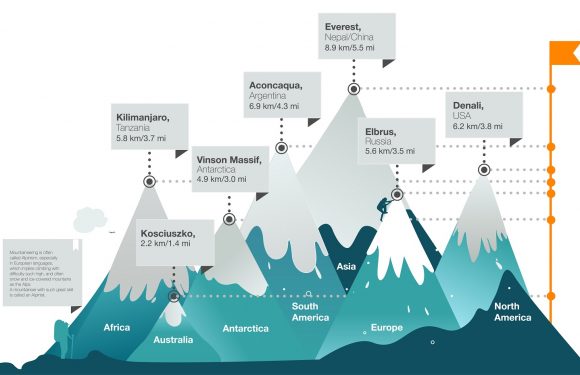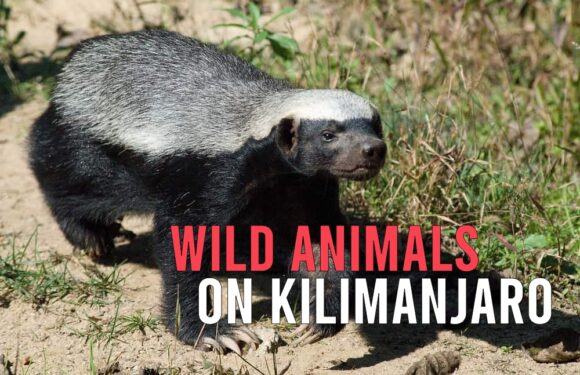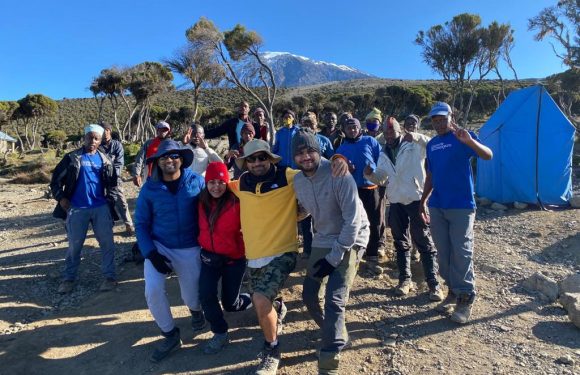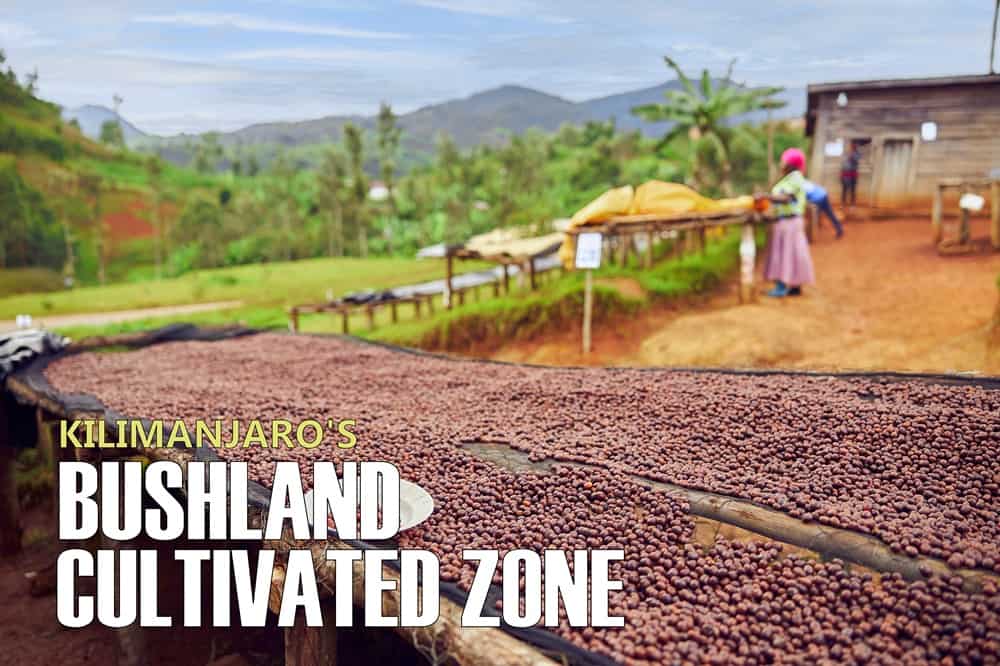
At the foothills of Mount Kilimanjaro lies the bushland/cultivated zone, one of five climate zones in the region. This zone offers a warm welcome to adventurers on their Kilimanjaro journey.
Characteristics of the Bushland/Cultivated Zone
Spanning the base of Kilimanjaro, the bushland/cultivated zone marks the beginning of the ascent. The zone extends from the mountain’s base up to approximately 6,000 feet (1,800 meters).
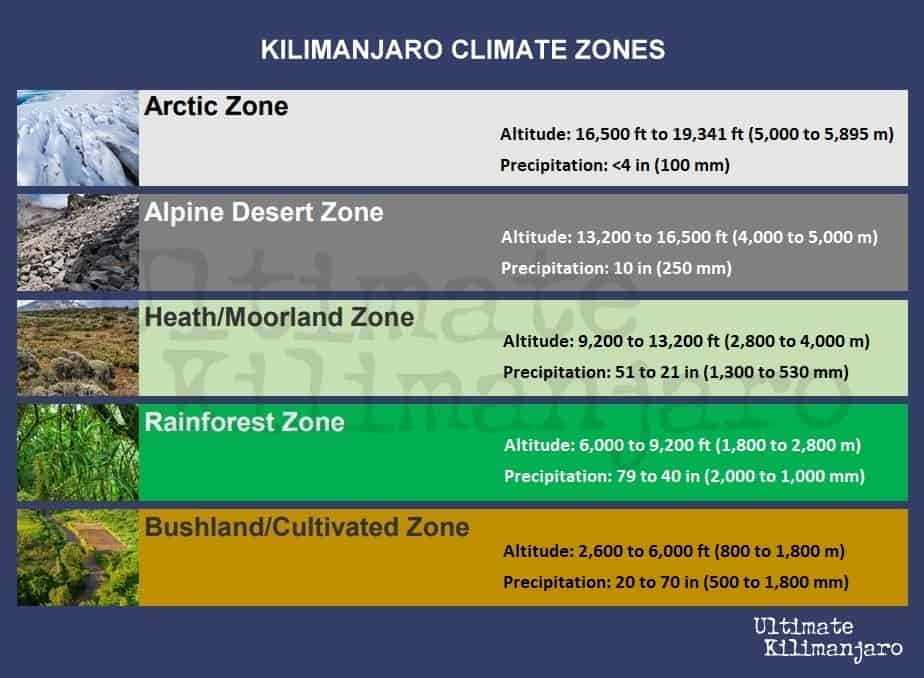
Most trails begin at the intersection between the end of the cultivated zone and start of the rainforest zone. Here, temperatures are generally warm, with average daytime temperatures ranging from 70°F to 80°F (21°C to 27°C) and precipitation from 20 to 70 inches (500 to 1,800 mm) per year. This reflects the tropical climate of the region, and provide an ideal environment for agriculture
The cultivated zone of Mount Kilimanjaro is a fertile belt where agriculture thrives. This area is a patchwork of small farms and plantations, tended by local communities that have lived in harmony with the mountain’s ecosystem for centuries.
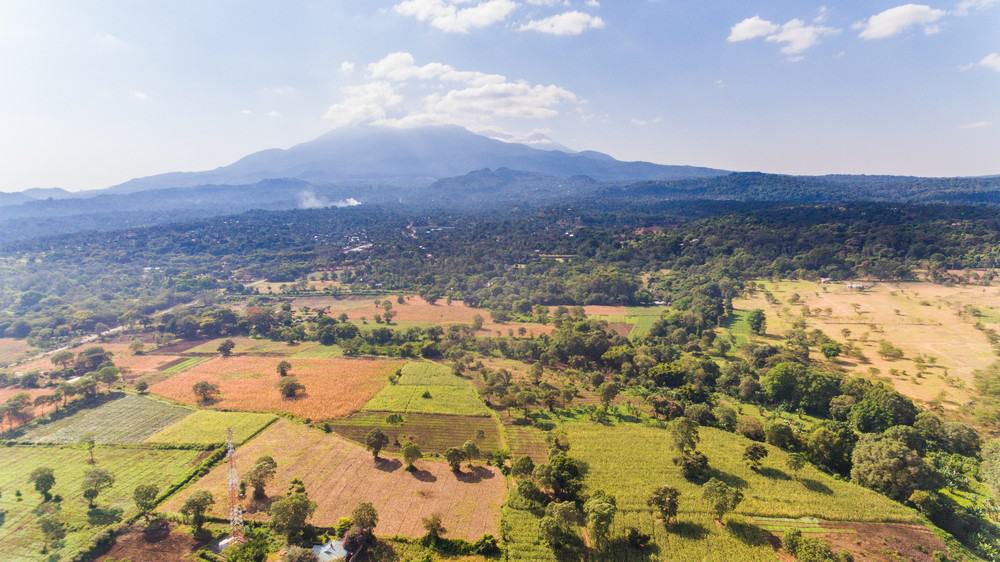
The land is rich and fertile, thanks to volcanic soils from Kilimanjaro’s slopes. It supports a wide array of crops that sustain the surrounding villages. The cultivation is a mix of traditional and sustainable farming practices.
Amidst the cultivated fields, areas of natural bushland thrive, hosting a variety of indigenous plant species and providing habitat for diverse wildlife. Small mammals, birds, and insects populate this zone, living in harmony with the agricultural landscape.
Agriculture in the Bushland/Cultivated Zone
Here’s a closer look at what you would find in terms of agriculture in Kilimanjaro’s cultivated zone:
Coffee Plantations
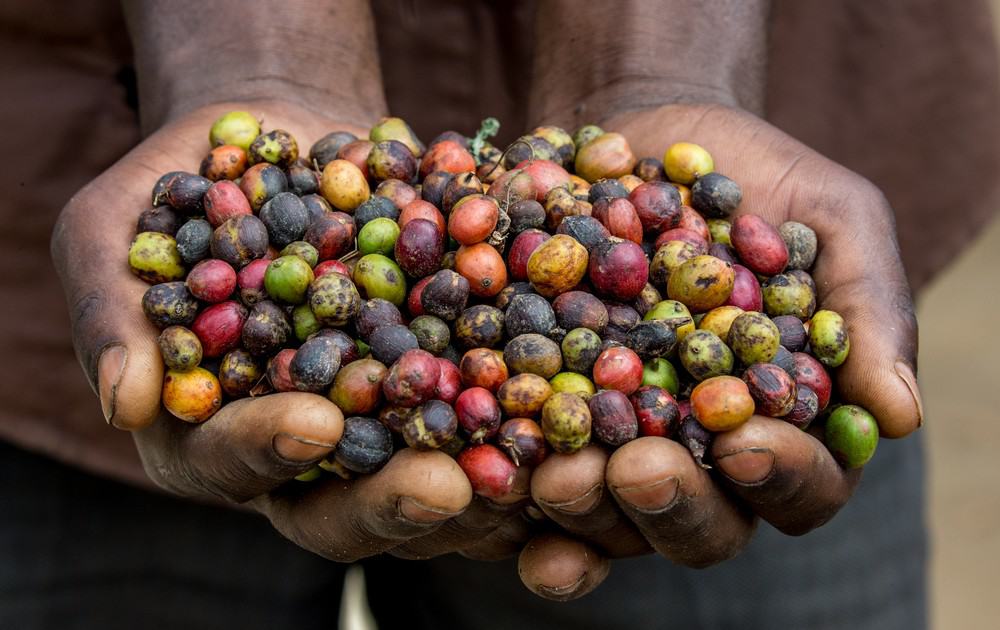
One of the most significant crops found in the cultivated zone is coffee. Kilimanjaro’s slopes provide great conditions for growing Arabica coffee, known for its mild, aromatic flavor. The coffee plantations, often small and family-owned, contribute significantly to the local economy. The cultivation practices blend traditional methods with sustainable agriculture.
Banana Groves
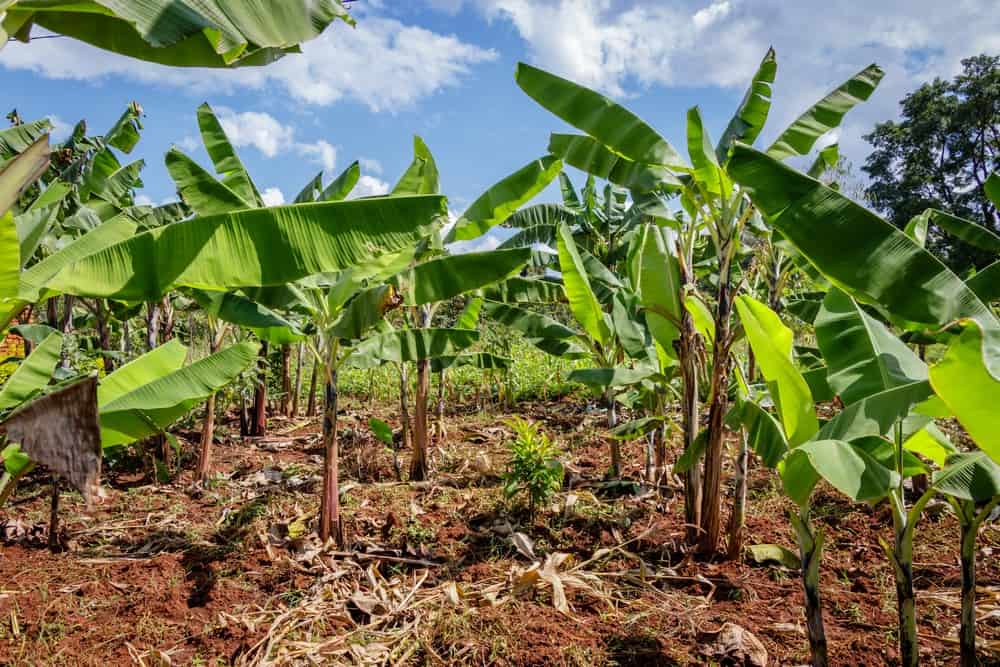
The lush green of banana groves is a regular sight. Bananas are a staple crop in the cultivated zone, with various species grown both for local consumption and for sale. One of the most notable dishes is “Matoke” or “Matooke,” a meal of cooked bananas, often steamed while still unripe and then mashed or served whole. Bananas can also be dried and ground into flour, used in porridge, or simply fried as a snack.
Maize and Beans
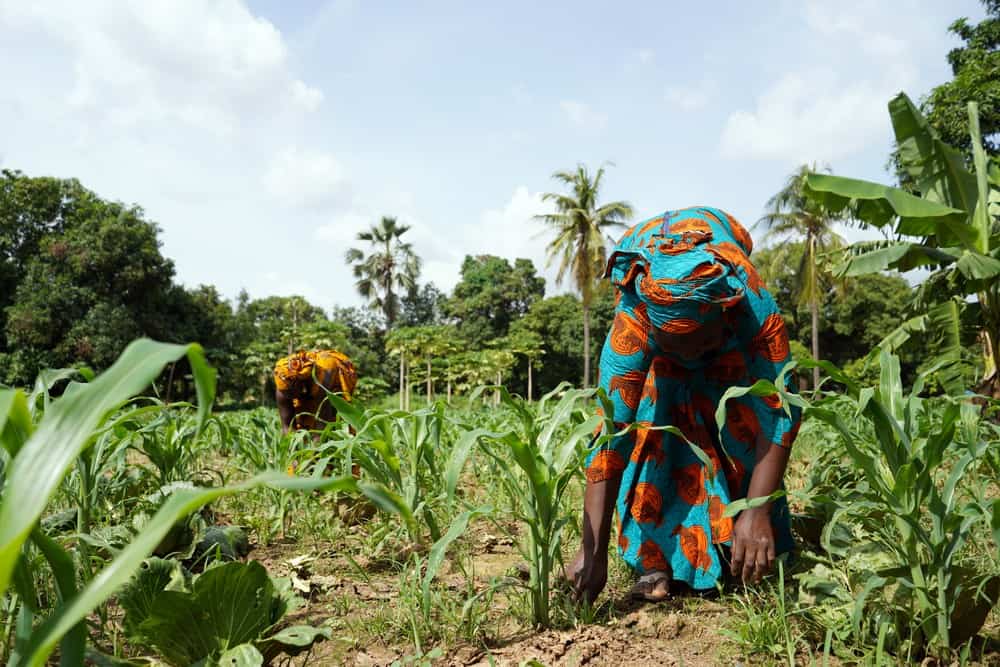
Maize and beans are commonly cultivated together, a practice known as intercropping.
Maize (corn) is a primary staple food in Tanzania. It is ground into flour and used to make “Ugali,” a stiff porridge that serves as the backbone of many meals. Ugali is a beloved dish in Tanzanian culture, appreciated for its simplicity and ability to satisfy hunger. Our mountain crews are fed Ugali on the climb and you will have the chance to try it for yourself.
Beans are an essential source of protein for many Tanzanians, especially those with limited access to meat. They are commonly cooked and served alongside Ugali or rice, making for a nutritious and filling meal.
Fruit Orchards
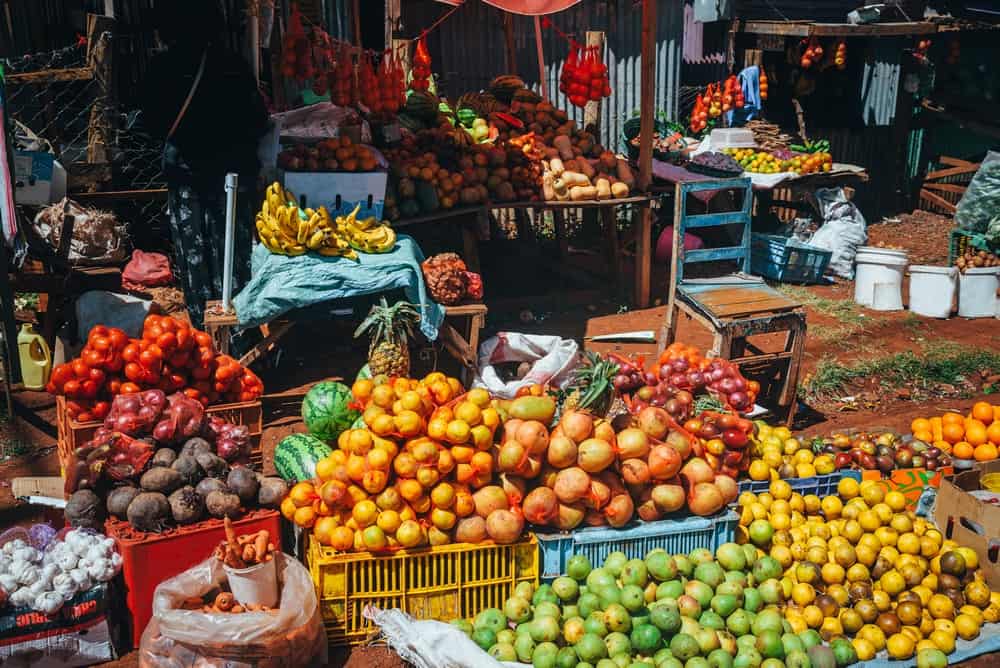
The cultivated zone is also home to fruit orchards, where avocados, mangoes, and papayas are grown. These fruit trees are indicative of the area’s mild climate and fertile soils.
Vegetable Gardens
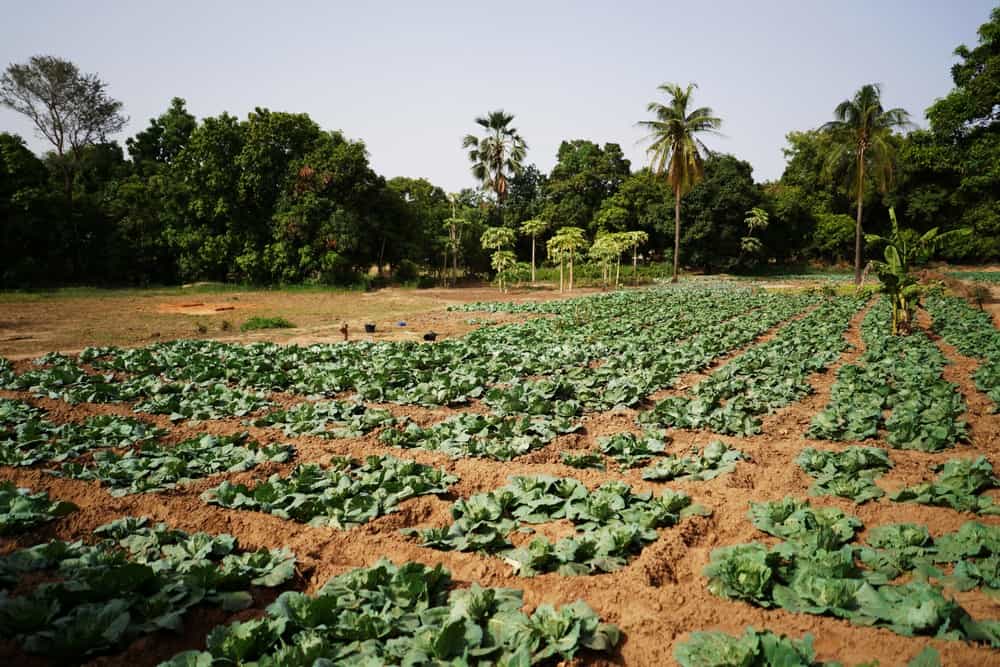
Vegetable gardens are widespread, with a variety of vegetables grown for domestic use and local markets. Crops such as cabbages, carrots, spinach, and tomatoes are common. These gardens are often found around homesteads.
Spice Crops
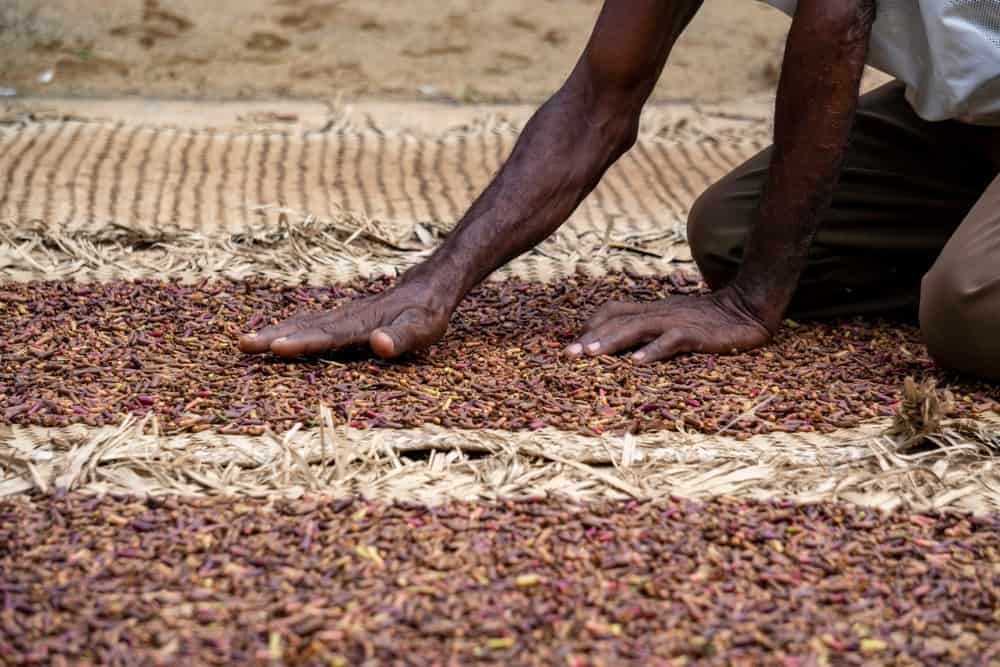
Though not as predominant as the other crops, spices such as cardamom and cloves can also be found in Kilimanjaro’s cultivated zone. These spices are grown in smaller quantities, often in mixed gardens or as part of agroforestry systems, adding to the area’s agricultural diversity.
The Environmental Role of the Bushland/Cultivated Zone
The bushland/cultivated zone serves as an interface between human habitation and the wilder, untouched regions of Kilimanjaro above. It showcases the balance between conservation and agricultural use.
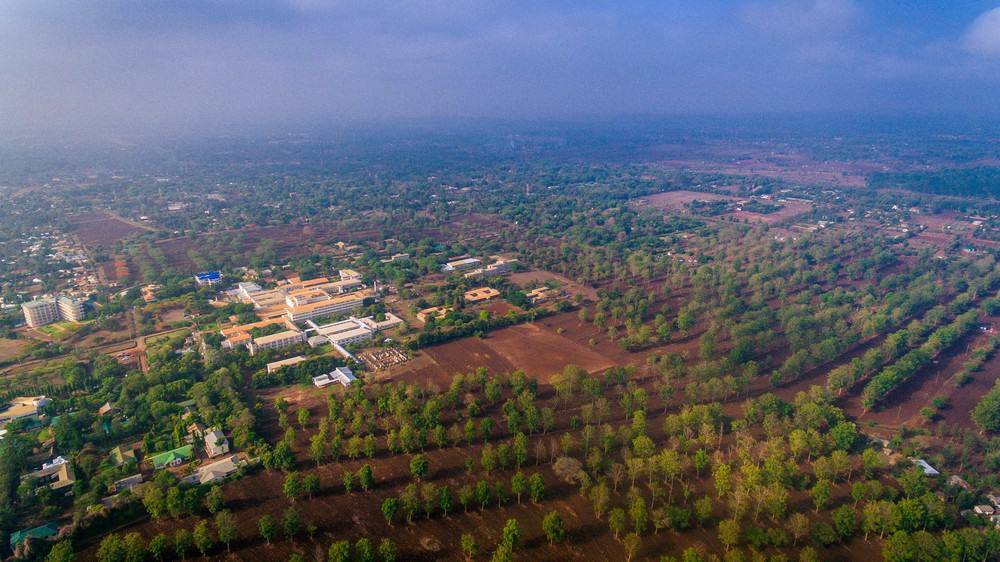
This area serves as a habitat for various plant and animal species, contributing to the overall ecological diversity of the region. And the agricultural productivity ensures food security for local communities and provides a source of income for farmers.
The vegetation cover in cultivated areas and bushland helps anchor the soil, reducing erosion caused by rainfall and wind. Plants absorb the water and reduce surface runoff. Additionally, the vegetation helps regulate the microclimate, contributing to moisture retention in the atmosphere and influencing rainfall patterns.
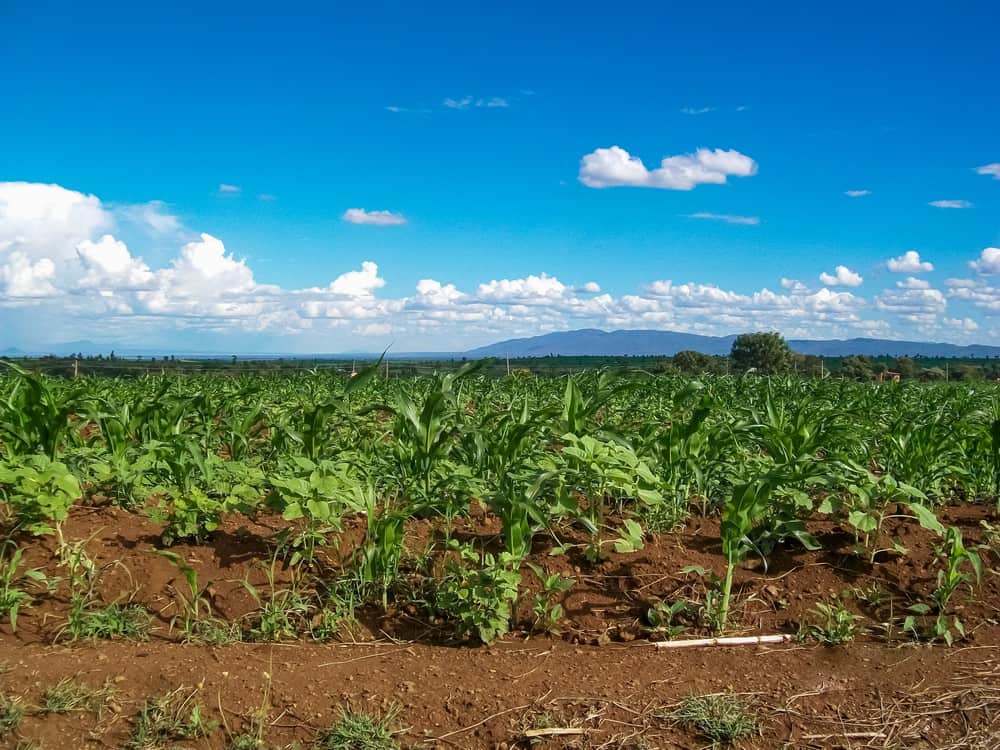
Conservation Challenges
The bushland/cultivated zone faces challenges such as overcultivation and deforestation. Sustainable agricultural practices and conservation efforts are vital to maintaining balance, ensuring that Kilimanjaro’s base remains fertile and vibrant for future generations.






















































